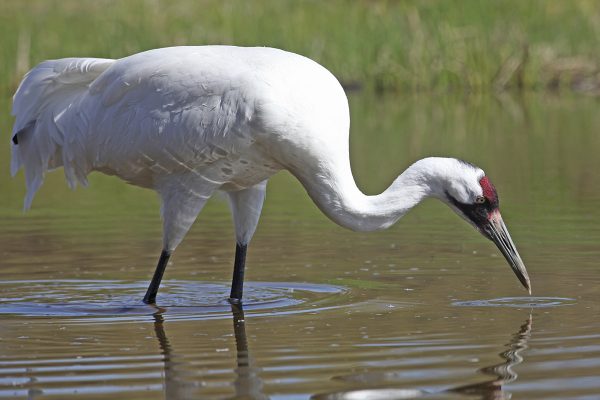Whooping Crane
Home » Our Services » Bat & Avian Research & Monitoring » Whooping Crane
WEST offers our clients a full range of biological services for projects involving whooping cranes, including surveys and baseline studies, permitting, mitigation, and compliance issues.
WEST has an extensive background in designing and implementing presence/absence surveys, habitat assessments, project impact evaluations, take assessments, population modeling, and impact minimization and mitigation measures for threatened, endangered, and other special status species (including the whooping crane).
Whether the need is for a protocol-level compliance survey, an Incidental Take Permit, or a complex study of population demographics, WEST biologists and biometricians apply extensive scientific and consulting expertise and experience to assist in the resolution of threatened and endangered species issues.
Services
- Species Surveys and Habitat Evaluations
- Habitat Conservation Plans
- Biological Assessments
- Avoidance, Minimization, and Mitigation Strategies
- Population Monitoring and Management Plans
- Siting Assessments and Construction Monitoring
- General and Advanced Statistical Analysis Techniques
- Impact Assessment and National Environmental Policy Act Studies
- Studies for Detecting Rare Events

